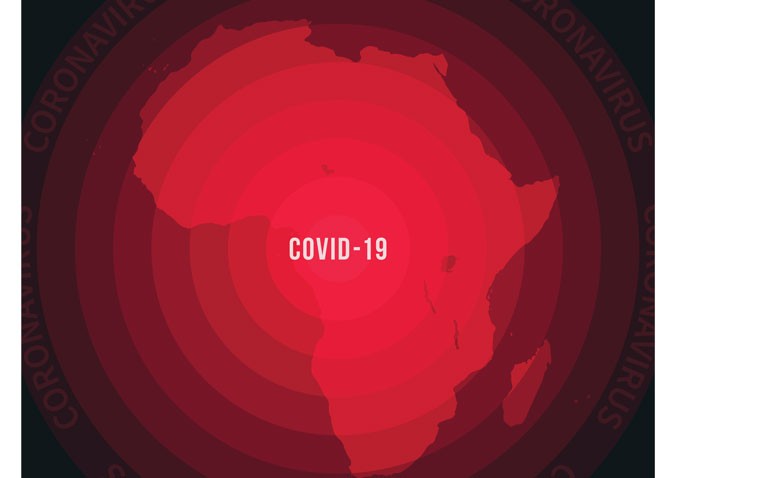Barriers to implementing COVID-19 mitigation strategies in African countries include overcrowding and lack of washing or toilet facilities.
According to the World Health Organisation (WHO), the spread of COVID-19 is predominately through airborne respiratory droplets. While the available COVID-19 vaccines are effective against the virus, a report by WHO in April 2021, found that less than 2% of the world’s COVID-19 vaccines were administered in Africa. As a result and until vaccine supplies increase, individuals within these countries, should continue with mitigation strategies such as social distancing, the wearing of face-masks and hand-washing. In fact, there is evidence that such mitigation strategies will slow the spread of COVID-19. However, data suggests that COVID-19-related deaths are rising in many African countries indicating a possible failure to implement mitigation strategies.
In trying to examine how living conditions in African countries might impact on the ability of households to undertake mitigation strategies, a team from the Department of Medicine, Geffen School of Medicine and Department of Epidemiology, University of California, US, turned to household survey data collected from 54 African countries. These surveys had examined several different factors such as the number of people per household team, access to water, use of soap, toilet facilities etc. The researcher were particularly interested in assessing how these factors might impact on household’s capacity to practise mitigation strategies. They examined the ability to participate in social distancing for example, based on the reported number of household individuals, the capacity for hand-washing, based on whether the house had access to piped, well or spring water within the dwelling, access to toilet facilities and the risk of intergenerational transmission based on the number of individuals aged 60 years and older living in households with younger people.
Findings
Household data was available for 54 African countries and the surveys had been conducted between the years 2000 and 2020, providing information on 3,471627 individuals. In 36 of the 54 countries, the median number of households with 6 or more people was 56% (95% CI 51% – 60%) and this figure ranged from 14% in Mauritius to 86.1% in Senegal. Moreover, the median number of households in which 3 or more people shared a single sleeping room was 15% (95% CI 13% – 19%). Of most concern was how a median of 71% of households lacked access to water within the household or on their plot of land. A total of 43 countries provided data on use of soap in the home, of which a median of 56% reported no use of soap or household washing facilities. Furthermore, a median of 45% of households had no toilet at home. Finally, the proportion of people living in multigenerational households ranged from 8.5% to 55.8%.
Discussing these findings, the authors stated that given the extent of household overcrowding, apparent lack of soap use at home, washing facilities and access to in-house toilets, would make it extremely difficult for millions of Africans to implement COVID-19 mitigation strategies. They concluded that such data highlighted the urgency of ensuring that vaccines reach Africans to both prevent disease and contain the pandemic.
Citation
Brewer TF et al. Housing, sanitation and living conditions affecting SARS-CoV-2 prevention interventions in 54 African countries. Epidemiol Infect 2021










